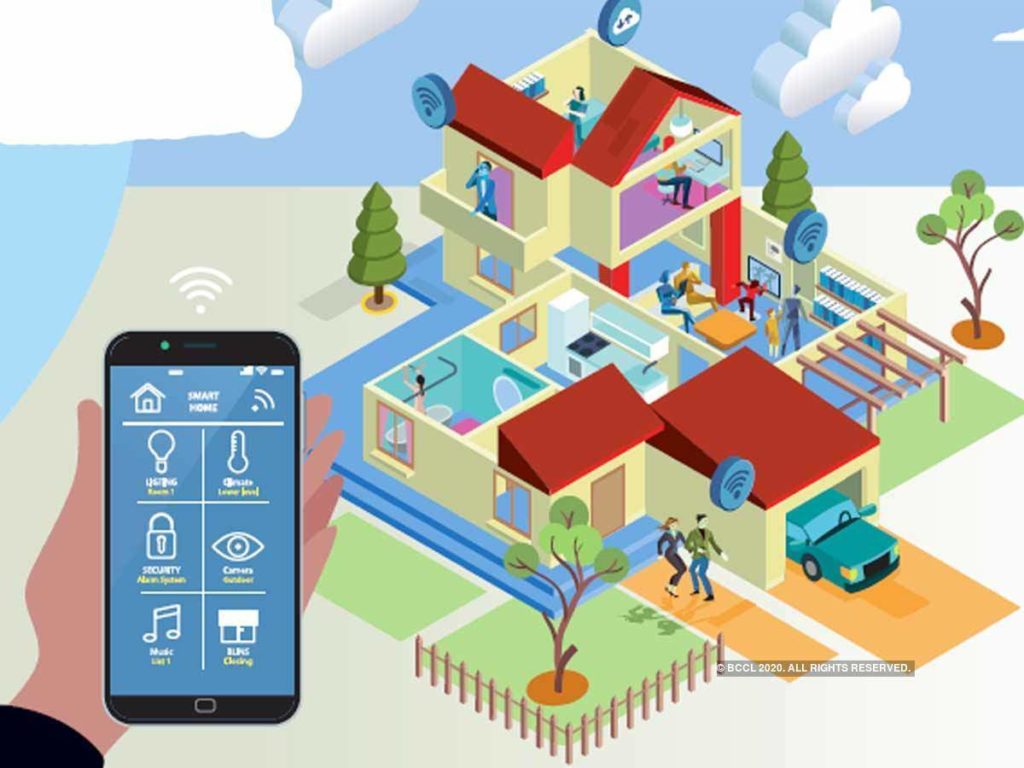Bluetooth to Wi-Fi/Ethernet Gateway

Gateway devices helps to connect large number of sensors and other IoT devices to get connected to the cloud server via a single web client hardware.
The ESP32 module can be used as a gateway for this purpose to communicate with sensors and provide an abilities to send data to cloud using Wi-Fi to give a remote control over the IoT devices connected to it in a cost effective and power efficient manner.
The ESP32 gateway connects to the sensors via BLE scanning and pairing process, later collects the data and uploads to the sever via MQTT, HTTP or any web client protocol.
Features:
- ESP32 have above 100 meters Bluetooth scanning range,
- 100 meters WIFI connection range
- 150 times/sec Bluetooth scanning and advertising range.
Note: Since ESP32 have single RF circuit and antenna, it can’t perform Wi-Fi and Bluetooth functions simultaneously. The gateway connects to the device and internet one after another. So there may be little delay in the functionality. If application needs aggressive connectivity, firmware can be designed to connect to server over Ethernet or use one more ESP-32 controller to connect to server.
Frameworks:
The system is developed using an integrated development environment (IDE), which helps in fastening the development process with its dedicated features easing development process. The most commonly used IDEs for ESP32 based development are as follows.
- Arduino
- Espressif IoT Development Framework (IDF) – Using Eclipse IDE
Arduino framework is open source IDE which empowers to compose program with its wide range available opensource libraries, hence making our development much easier and faster.
Espressif IoT Development Framework (IDF) is a platform(IDE) utilized for making the ESP32 based projects in a very efficient way. Development using IDF gives us access to get support from a large community from ESPRESSIF. Hence helps to overcome the hurdles, if any faced during out execution process.
This framework ensures the latest versions, and it supports the latest software.
Specifications:
The ESP32 comes with well number of required features essential for IoT deveices innovations and development. Few are listed below.
- 11 b/g/n – Wi-Fi standard
- Built-in programmer for Arduino and ESP-IDF
- BLE 4.42-BLE connectivity
- Ethernet 100Mb interface
- MicroSD card interface supported.
- GPIOs for actuator controls and sensor inputs.
- I2C, UART, SPI supported.
- 4Mb internal flash, hence can run a complex algorithm.
How BLE ESP32 Gateway Works:
The ESP32 IOT gateway and the ESP32 gateway Ethernet are known to have different uses and these applications dictate the design. But overall, the working principles for BLE ESP32 gateways are the same.
BLE ESP32 gateway can be used to scan sensors and gather relevant data, then process those gained data to take necessary actions. Later this information is then uploaded or transferred to the adequate cloud servers using Wi-Fi.
Applications:
- Smart agriculture: The function of ESP32 gateway here is to detect temperature information in the farm, where number of node sensors are placed in the agriculture field. This sensors will monitor the field parameters to maintain according to the crop requirements.
Such as the temperature and humidity can be monitored and broadcasted to the server. Later based on this values further actuators such as water pump can be controlled remotely.
- Smart home automation: In home automation, using Bluetooth technology data can be send to cloud through Wi-Fi to control home appliances remotely via any web app. Also the access can be given to mobile app so to remotely make the devices controllable.
Conclusion:
To conclude, the uses and benefits of utilizing the esp32 gateway is not having an end. Use of this solution and improving all the processes you apply to it. This solution is not proved yet. Schematics source can be downloaded from the following location. Source in Cadence format.

